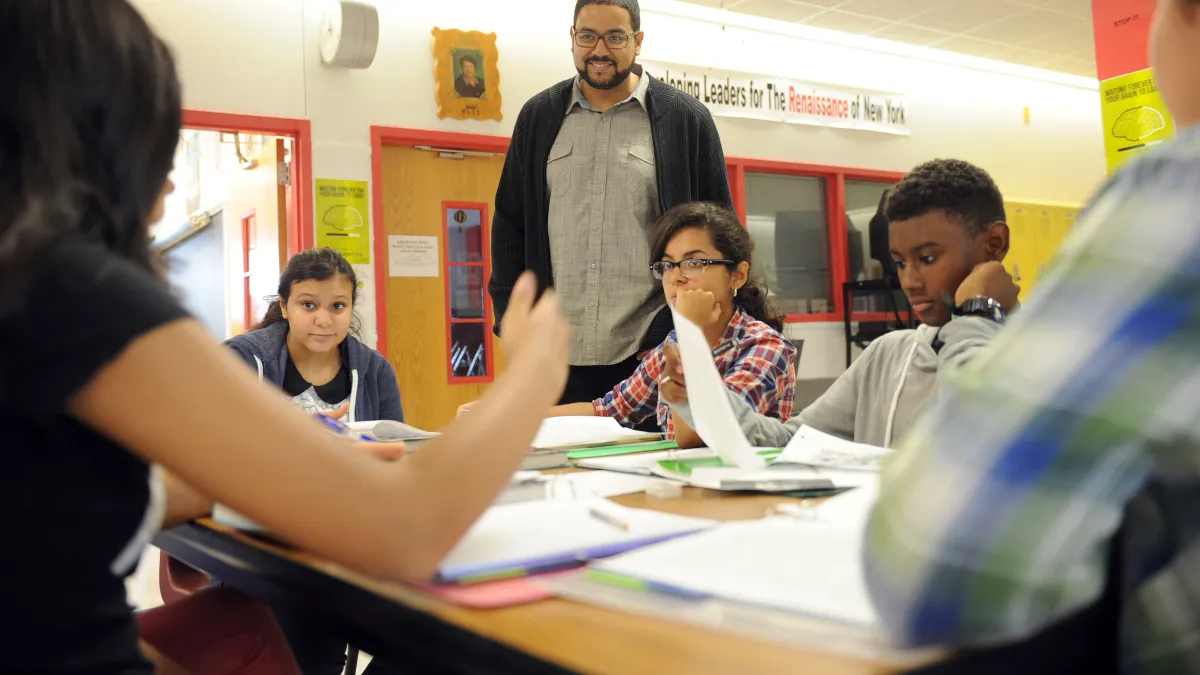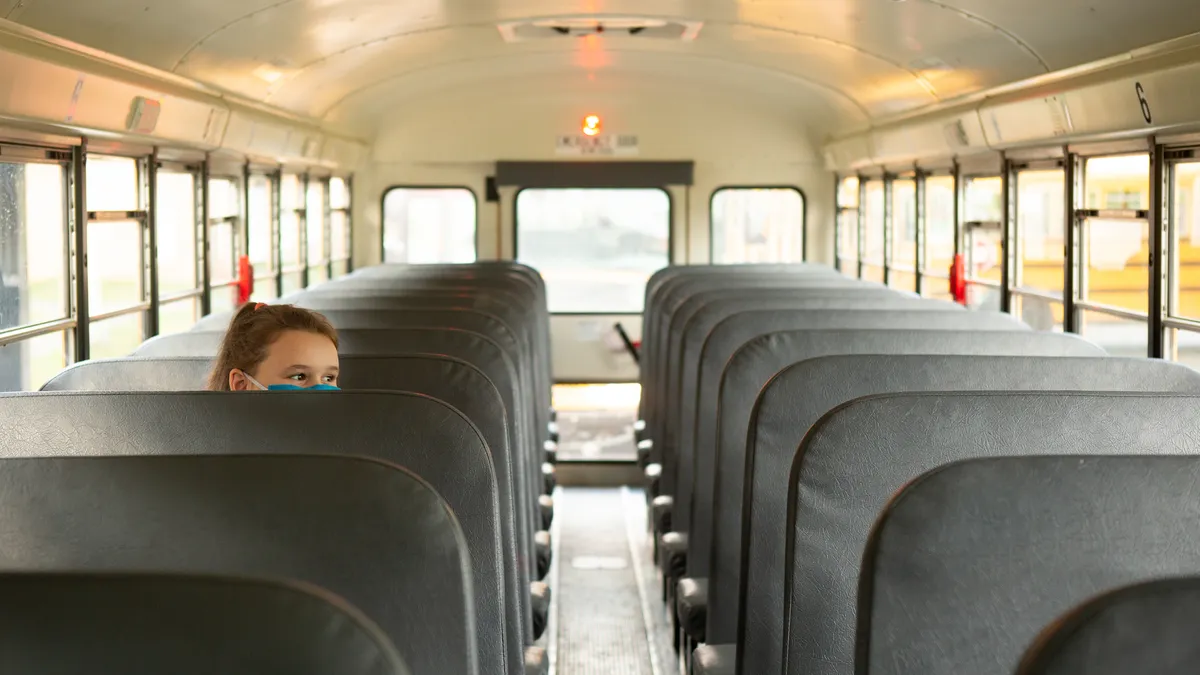Dive Brief:
- A report published earlier this month by Pennsylvania State University in conjunction with the Robert Wood Foundation examines the barriers that many marginalized youth and students of color face in the realm of social and emotional learning.
- The report, entitled “Applying an Equity Lens to Social, Emotional, and Academic Development,” notes five barriers including poverty, exclusionary discipline practices and policies, lack of trauma-informed practices, implicit bias in school staff, and educator stress and burnout.
- The report also suggests five possible strategies for combating these inequities: Racial and socioeconomic integration initiatives, restorative justice disciplinary practices, trauma-informed interventions, development of culturally competent and equity-literate educators, and social-emotional learning and mindfulness training.
Dive Insight:
Equity issues still plague many aspects of education. A recent study found that racial and economic segregation remain largely unchanged at many schools, despite attempts at voluntary integration. Another recent report by the U.S. Commission on Civil Rights suggested that the federal government should play a larger role in ensuring equitable funding for underserved students. A separate investigation found that many charter schools are underserving students of color. And access to technology still remains an equity issue in schools.
This new report examines how racial and economic differences can impact the way students access and respond to social-emotional learning, and it offers some valuable strategies for leveling the playing field. Strategies include a focus on restorative justice practices in matters of discipline and a greater use of trauma-informed interventions.
The executive summary of the issue brief reveals that the report is designed to offer practical suggestions for schools to utilize in overcoming existing barriers, noting that grounding social-emotional learning efforts in the context of equity and justice will ultimately offer the most benefit to all students. “Doing so will help to identify and dismantle barriers that prevent many students from accessing and benefiting from SEL,” the report states.






 Dive Awards
Dive Awards







